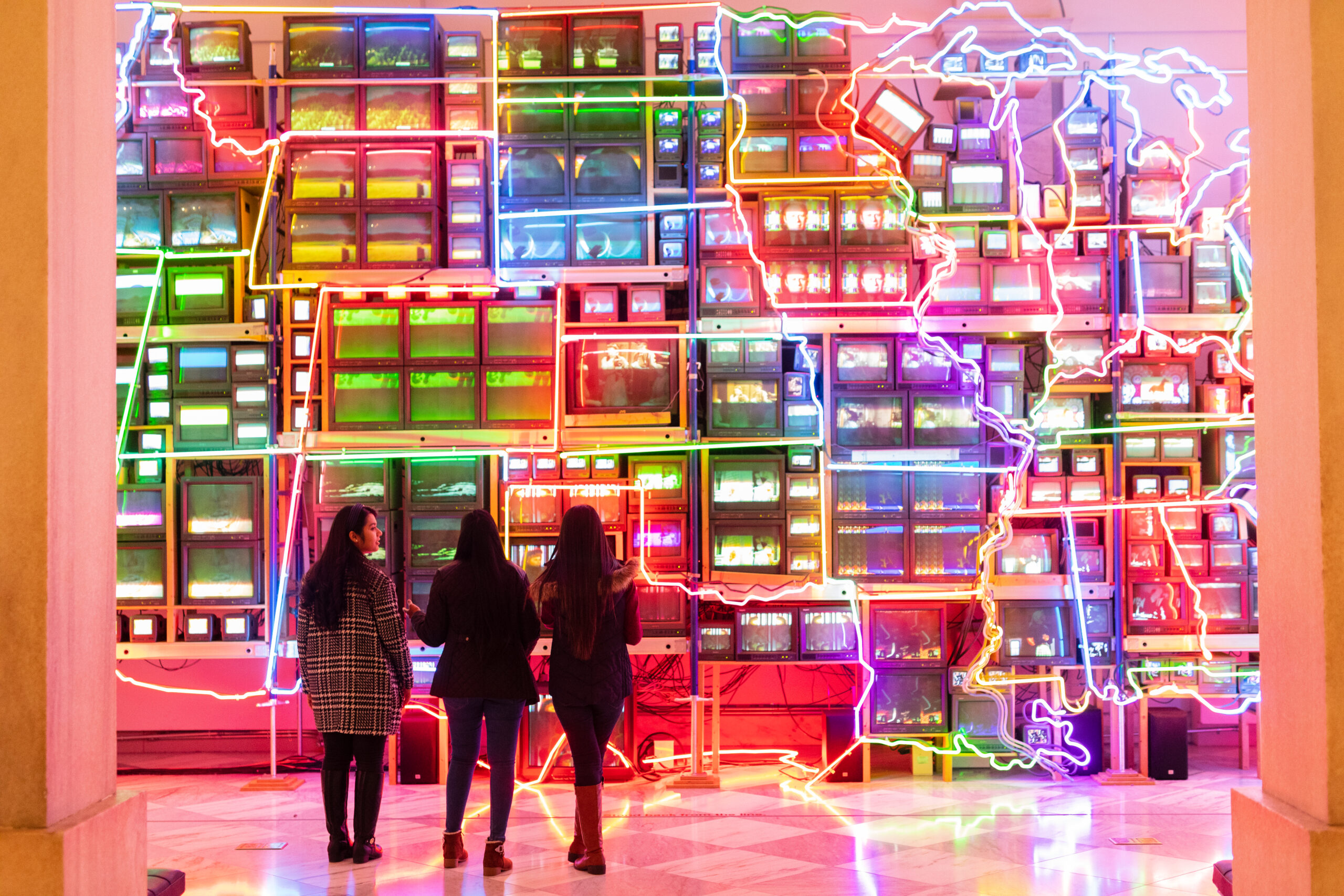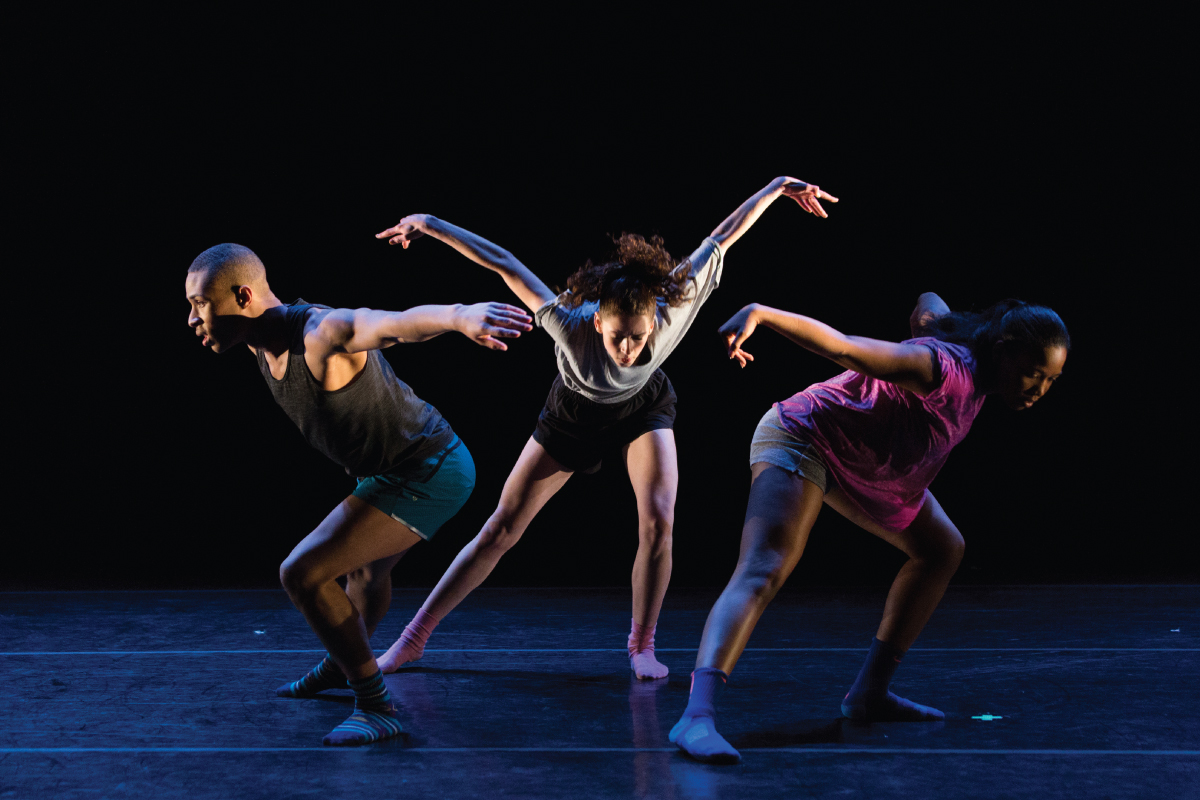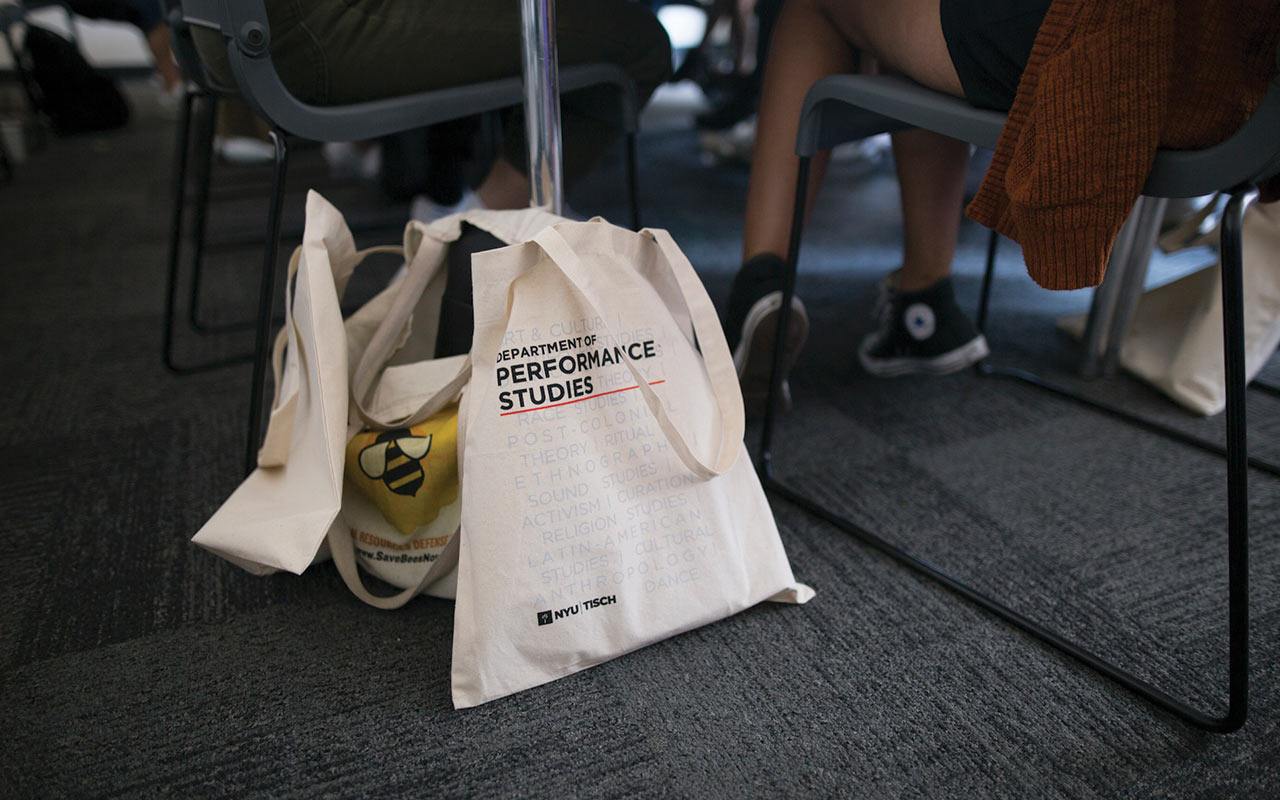The TL;DR
- Collaborative Arts encourages and embraces all approaches to the study and creation of art.
- Collaboration—among fellow students and faculty and between art forms—is the main focus of the program.
- Students in this program aren’t just preparing for the future of art. They’re defining it.
Collaborative Arts at NYU is not your typical art major. From its home within the Tisch School of the Arts—a school that’s well-known for nurturing the development of some of the world’s foremost creative professionals—the major takes an innovative approach to the study and creation of art. Or rather, it takes, encourages, and embraces all approaches.
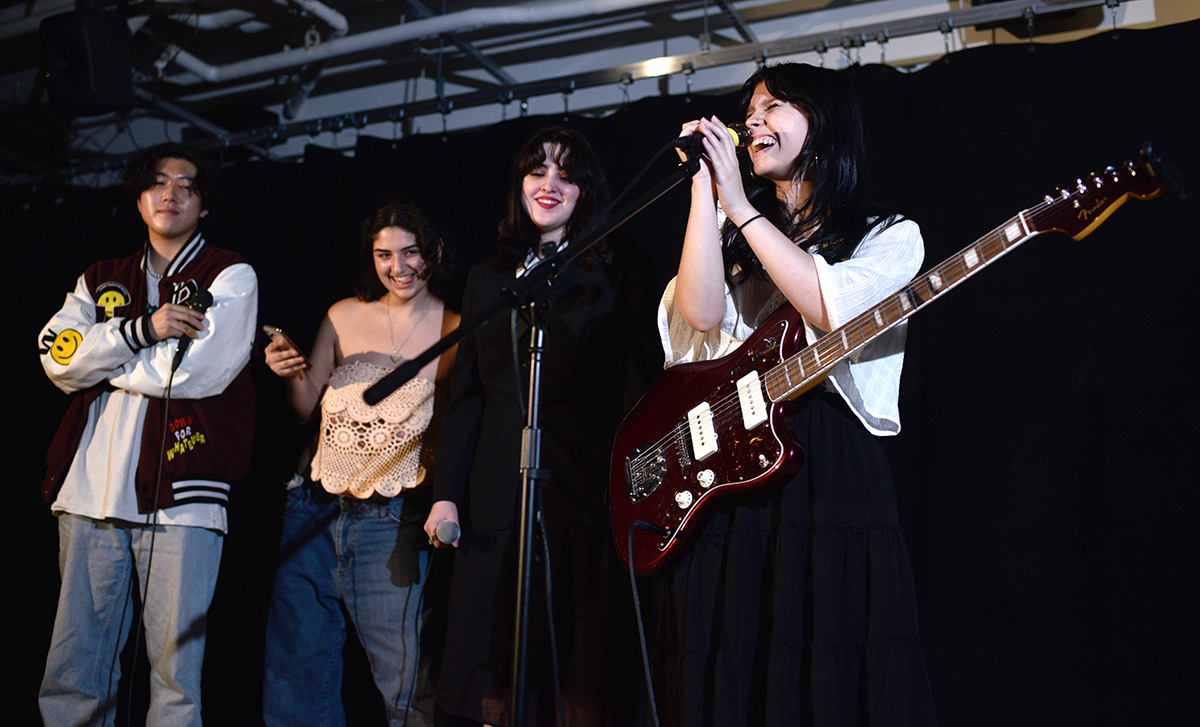
Welcome to Collaborative Arts…
Instead of focusing their degree on one or two art forms, Collaborative Arts majors dive into real-time training across a range of artistic disciplines. For example, students explore many mediums like performance, acting, filmmaking, emerging technology, music production, and visual art. Creative experimentation is the name of the game. And these multidisciplinary students make it their mission to discover innovative ways to think about and make art. Harry MacInnis, a junior in the program, describes it like this: “Collaborative Arts excels in preparing students to embrace newness, risk, and possibility.”
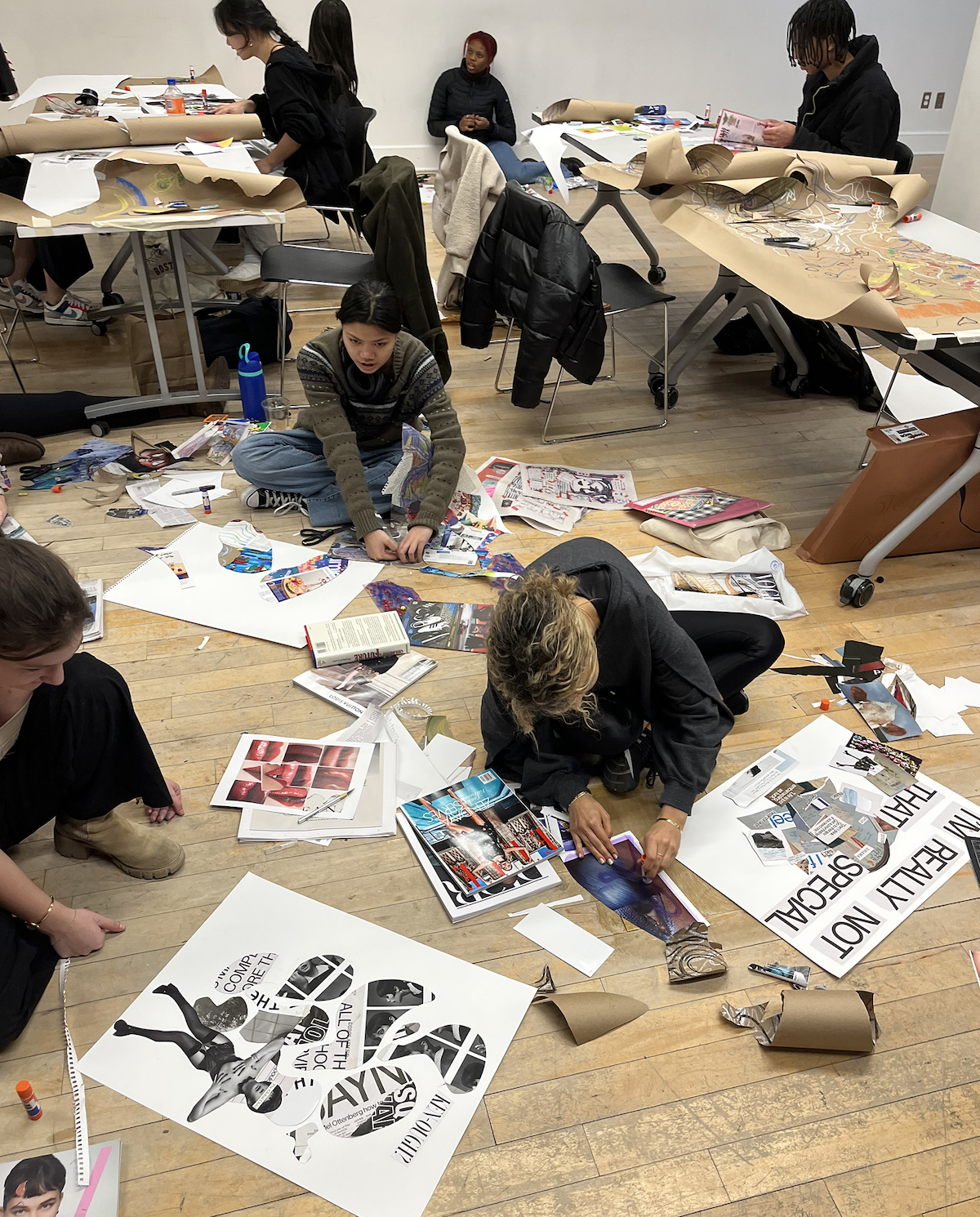
…With an Emphasis on “Collaborative”
That newness, risk, and possibility doesn’t happen in isolation, though. It occurs in an intensely collaborative environment, both in the sense of working together with peers and also bringing together different art disciplines. “Group work is important to the structure of the major, which emphasizes how vital community is in the art field,” says junior Collaborative Arts major Tayla McNeil. “Everyone in the program has their own specific talents and passions. When we put all our ideas together, everyone brings something different to the table.”
This emphasis on collaboration has another added benefit: a close-knit, supportive community. “I love the sense of family I found here,” shares Lex Garcia, another junior in the program. “I think very few other majors have the same sense of camaraderie among students.” What’s more, it’s a camaraderie that extends beyond students to include Collaborative Arts faculty.
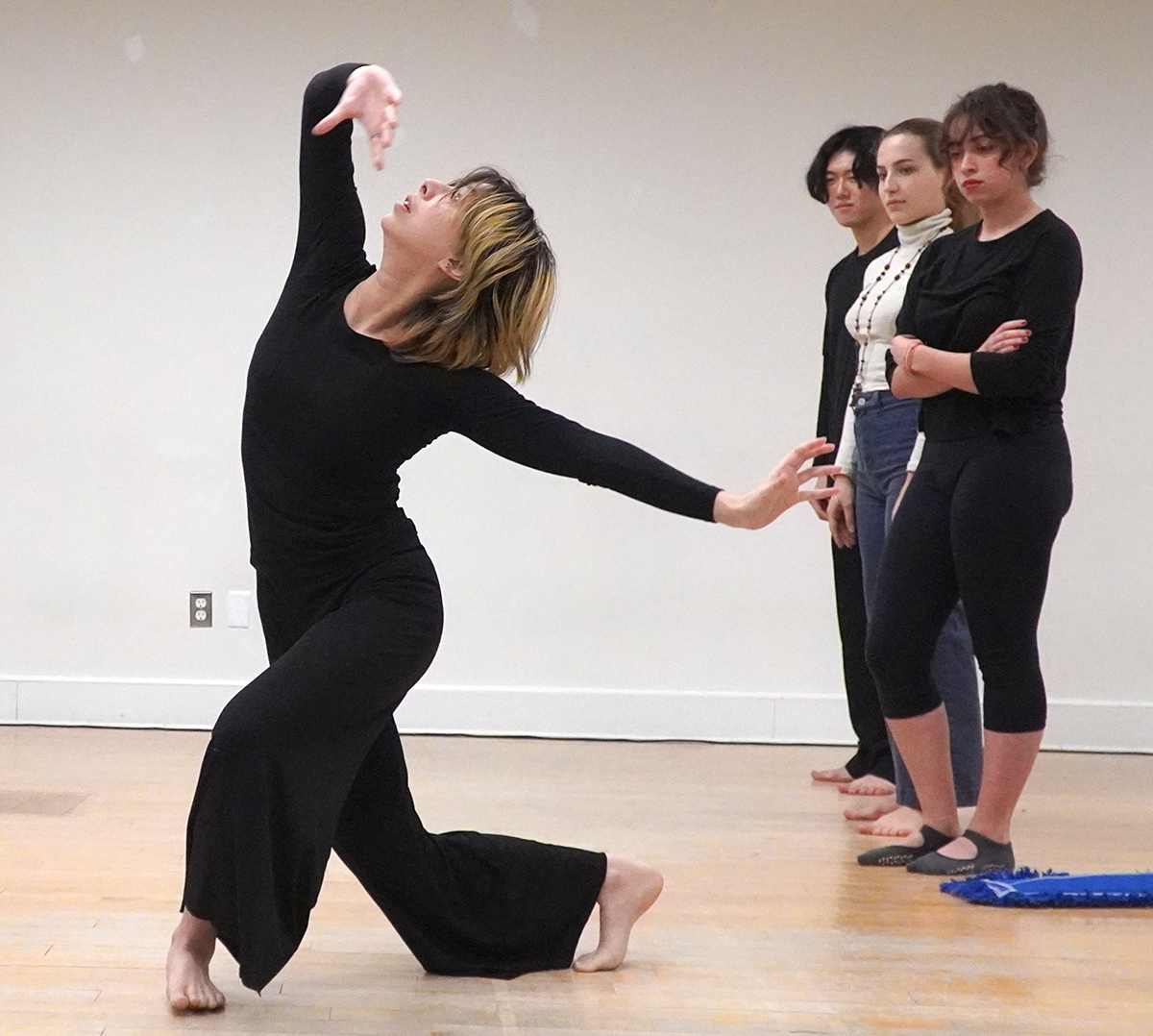
Professors, Professionals, Partners
“I took a class called Music Studio Machines, taught by Collaborative Arts Chair Ithai Benjamin. We’d spend each class in the music studio learning how to use analog synthesizers and the music software Ableton, exchanging music, and sharing a lot of laughter,” says junior Montgomerie West Hiser. “Being earnest in artistic exploration has allowed me to feel supported by my professors, and their support has led to some of my proudest moments.”
Tayla feels that same support and motivation. And she’s leveraging it as she begins thinking about life after graduation. “I have seen so many of my teachers maintain active careers in their fields,” she says. “Many artists become teachers, which doesn’t allow them to pursue their own projects, so it’s very motivating to see them have full careers as teachers and artists. It makes me genuinely want to work harder and have a fulfilling career of my own.”
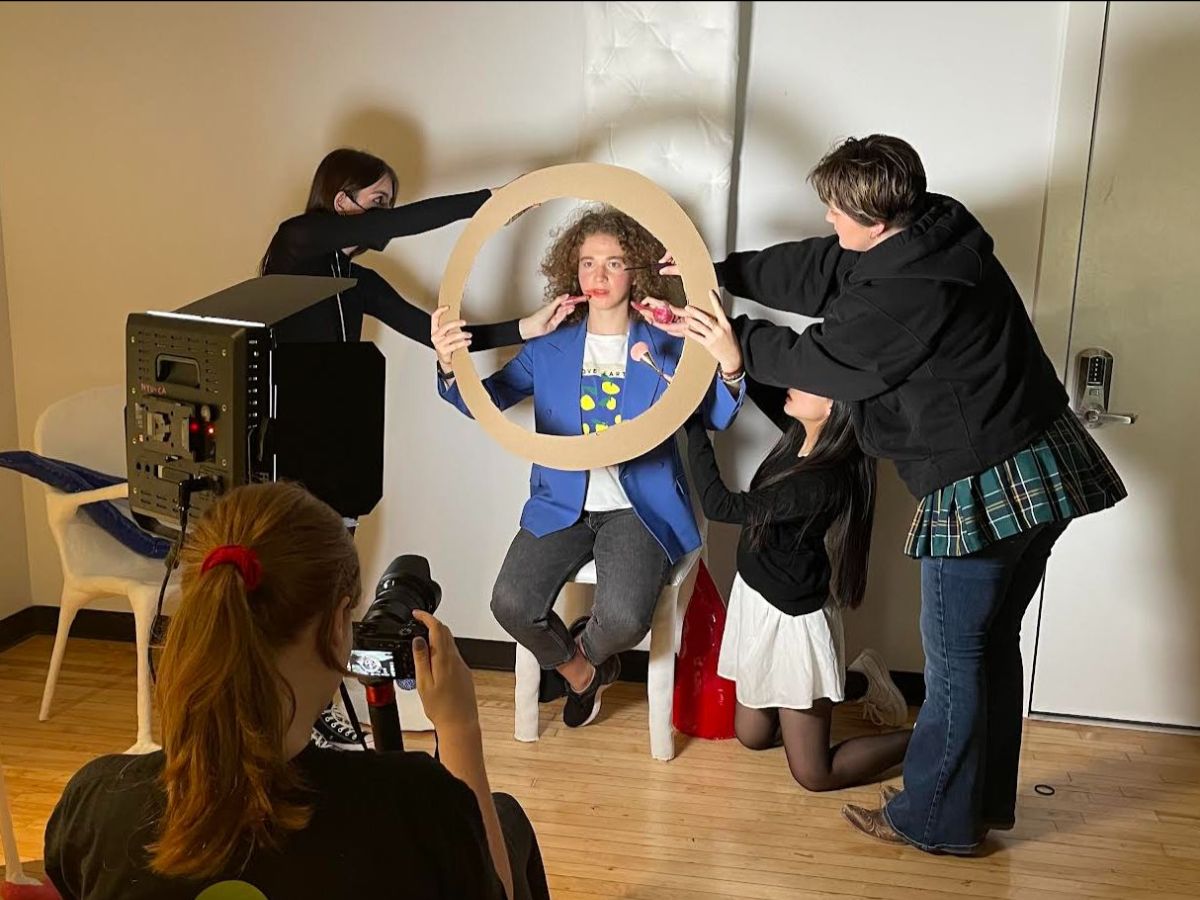
This Is What the Future Will Be Like
One thing’s for certain: Collaborative Arts majors feel like they’re being prepared to take their place in the world of the future. “Collaborative Arts is an investment in the increasingly elastic future of art and the artist,” says Lex. “The next generation of creatives will look a lot different than the current one. And I think they’ll bear a strong resemblance to the ideas and practices we explore every day in Collaborative Arts.”

